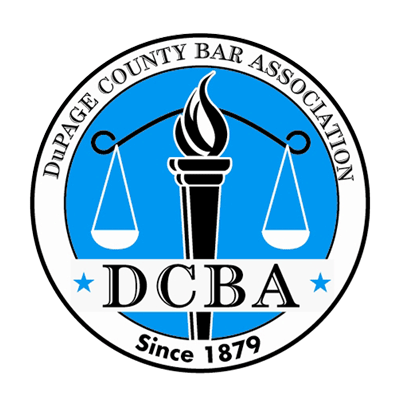
The pandemic kept most of us off the road during 2020, but despite the emptier highways and routes, traffic death fatalities rose by 8 percent–approximately 42,060 people died. Even more disturbing, when comparing the number of traffic deaths to the number of miles driven, we see that the rate of fatalities jumped by an astonishing 24 percent, the highest upsurge in traffic deaths in 96 years. What happened?
Few Vehicles, More Reckless Behavior
Although the official statistics are still being compiled, Lorraine Martin, president of the NSC, believes that an increase in risky driving behaviors is certain to have contributed to the deadly surge. “[E]ven though we haven’t done all the analysis of these specific crashes, we know it’s speeding. We know driving without a seatbelt. And we know it’s driving impaired … and distracted,” she said in an NPR report.
Some preliminary data indicates that the emptier roads tempted drivers to speed, which in turn may have caused more fatal crashes. Alarmingly, Airty, a mobility analytics company, found that as lockdowns lift and more cars hit the road, drivers are still putting the pedal to the metal. And they may be driving at higher speeds than usual. According to Arity, throughout 2020, the number of drivers were exceeding 80 miles per hour increased notably.
What Can We Do to Decrease Traffic Fatalities?
NSC and 1,500 other organizations and individuals have called upon President Biden and Transportation Secretary Pete Buttigieg to commit to zero roadway deaths by 2050. The NCS referred the federal government to their Coalition report, “The Road to Zero.” In it, the call on the government to reinforce and expand upon solutions that we already know to have a beneficial impact on reducing accidents and fatalities, including:
- improving road infrastructure and design
- lowering state BAC levels to .05
- banning all cell phone use while driving,
- increasing automated red light enforcement
- using mandatory ignition interlocks for convicted drunk drivers
- standardizing and advancing life-saving technology in vehicles.
- Lowering speed limits in accordance with roadway design
- Upgrade seatbelt laws
- Pass motorcycle helmet laws
- Implement a three-tiered licensing system for drivers under 21
- Educate people better about the nature and beginning of impairment
What Can You Do to Reduce the Risk of a Fatal Car Accident?
While you cannot control what others on the road do, you can take actions that can help preserve your life and keep those around you safe. To avoid becoming part of this dreadful upswing in fatalities, here are five critical steps you can take.
Buckle up. Always fasten your seatbelt correctly, even for a quick trip to a nearby store. Wearing a seatbelt reduces the risk of death by 45 percent among drivers and front-seat passengers.
Slow down. Speed was a factor in 26 percent of all traffic fatalities in 2017. If you’ve got a lead foot, use the cruise control to keep your vehicle within lawful limits. If you speed because you tend to be late, work on giving yourself extra time to get to your destination.
Keep your distance. Driving too closely behind a vehicle–popularly known as “tailgating”–is a potentially deadly practice. Follow the 3-second rule: your vehicle should pass a fixed object three seconds after the vehicle ahead of you passed the same object. This space gives you time to react appropriately if the vehicle ahead slows or stops abruptly.
Stay focused. Distracted driving is one of the leading causes of fatal car accidents, particularly among drivers between the ages of 15 and 20. Avoid using your cell phone when driving, even in hands-free mode. If you take your eyes off the road for just two seconds at 60 miles per hour, it’s like traveling 140-150 feet, blindfolded. If you must make a call or text, be sure to pull over to a safe spot first.
Have a designated driver. If you’ve got a night of partying or drinking alcohol on the table, plan ahead. Ask a friend to be a designated driver or arrange for another way to get home that doesn’t involve you–or any other person under the influence–getting behind the wheel.
The Cullotta Bravo Law Group: An Illinois Personal Injury Firm Ready to Help You
Fatal car accidents are devastating to families, loved ones, and communities, with repercussions reaching beyond the immediate loss and grief. Families often have to deal with medical bills, funeral expenses, the sudden loss of financial resources, and their own pain and suffering that compound the loss of their loved one.
The Cullotta Bravo Law Group is a trusted Illinois personal injury firm that can help you determine whether you are entitled to financial compensation following the loss of a loved one in a fatal car accident. We can help you work toward the settlement that you deserve. Call us now at 630-898-7800 or visit www.cullottalaw.com, and we’ll help you with everything you need to know.





